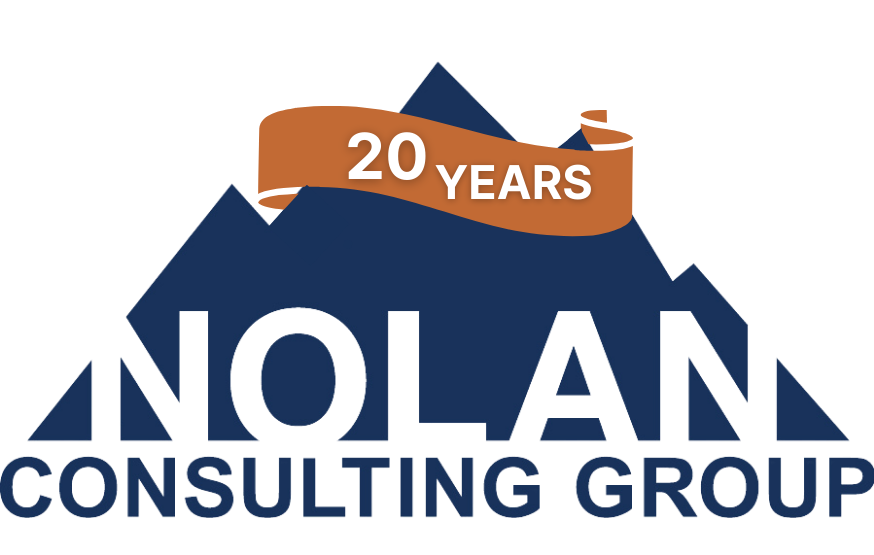Developing Your Coaching Management Style

Recently, I read a great book called The Coaching Habit: Say Less, Ask More & Change the Way You Lead Forever, By Michael Bungay Stanier. It made a profound impression on me, and I’d like to focus this Blog on its lessons and main themes.
Consider this for a moment: Have you developed an effective management style? When meeting one on one with one of your employees, do you have the skills to fully engage them? Are you using techniques to help them learn and develop? In the book, Stanier points out that we are missing opportunities to develop our people in a number of ways; whether it’s by rushing to give advice and not asking the right questions, or not taking the time to listen. He lists seven questions that should be the focus on your meetings with employees.
Before getting to the coaching questions, Stanier encourages you to abide by the following rules:
- Talk less and ask more.
- Coach for development, not performance. Coaching for performance is about fixing a specific problem or challenge. Coaching for development is about turning the focus from the issue to the person dealing with the issue. This conversation happens far less often but is more powerful. The focus becomes on calling the employee forward to learn, improve and grow, rather than just getting something sorted out.
- Get comfortable with silence – bit your tongue.
- Active listening – rephrase what you heard.
- Stay curious.
Below are the seven questions to ask when managing/coaching your employees. They are simple…… but not easy.
- Kickstart question: What’s on your mind? It invites people to get to the heart of the matter and share what’s most important to them.
- The awe question: And what else? Why is this so powerful? Because more options lead to better decisions. You rein yourself in (from jumping in too quickly with advice) and you buy yourself time. You tame the advice monster.
- The focus question: What’s the real challenge here for you? It helps slow down the rush to action so you spend time-solving the real problem, not the first problem. The “…. for you” is what pins the question to the person you’re talking to.
- The foundation question: What do you want? There’s often an illusion that both parties know what the other party wants. This sets the stage for frustrating exchanges. Be direct
- The lazy question: How can I help? Too much of your day is spent doing the things you think people want you to do. This question forces your employees to make direct and clear requests and stops you from thinking you know best how to help.
- The strategic question: If you’re saying yes to this, what are you saying no to? This ensures people are clear what they are saying yes to. A “yes” is nothing without the “no” that gives it boundaries and form.
- The learning question: What was most useful for you? Your job as a manager is to help create the space for people to have learning moments. This will help with retention, as having the employee say what they learned will internalize it. They help find the answer! You can tell an employee something and it has a limited chance of making its way into your brain’s hippocampus, the part that encodes memory. If the employee generates the answer, the odds increase.
So, ask more, then listen and watch your team grow!
All the best
Brian
